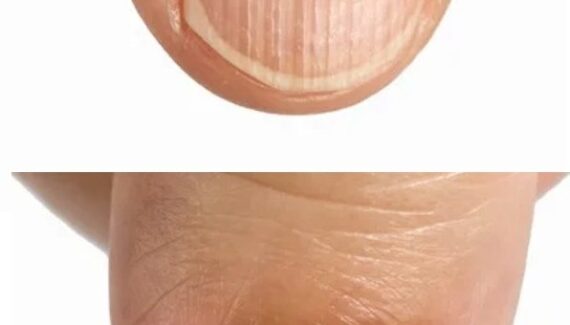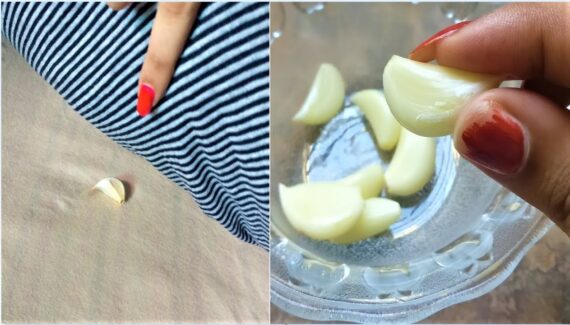
Spinach & Ricotta Stuffed Ravioli — a detailed, step-by-step guide
Soft pillows of fresh pasta filled with lemony ricotta and tender spinach — this is classic comfort that looks restaurant-fancy but is entirely doable at home. Below is a complete, easy-to-follow recipe: from dough to filling to sauce, plus tips for sealing, freezing, and variations.
Yield & timing
- Makes about 24–30 ravioli (4 servings as a main).
- Active time: ~60–90 minutes (includes rolling + filling).
- Hands-off resting time: 30 minutes for the dough.
Ingredients
For the pasta dough
- 400 g “00” flour or all-purpose flour — about 3 1/4 cups.
- 4 large eggs, room temperature.
- 1/2 tsp fine sea salt.
- (Optional) 1 tbsp olive oil — for a slightly more supple dough.
For the spinach & ricotta filling
- 340 g whole-milk ricotta — about 12 oz / ~1 3/8 cups. (Drain if watery.)
- 300 g fresh spinach (roughly 10 cups raw loosely packed) — or ~200–250 g frozen spinach, thawed and very well drained.
- 1 large egg yolk (binder).
- 50 g freshly grated Parmigiano-Reggiano (≈ 1/2 cup).
- Zest of 1 lemon (brightens the filling).
- 1/8 to 1/4 tsp freshly grated nutmeg (or a pinch).
- Salt and freshly ground black pepper, to taste.
Sauce & finishing (choose one)
A — Brown butter & sage (classic with ricotta ravioli):
- 6 tbsp (≈ 85 g) unsalted butter.
- 8–10 fresh sage leaves.
- Extra grated Parmigiano and lemon wedges to serve.
B — Simple tomato sauce:
- 1 can (400 g / 14 oz) crushed tomatoes.
- 1 small onion, finely chopped; 2 garlic cloves, sliced.
- 2 tbsp olive oil, salt, pepper, a few basil leaves.
Equipment
- Rolling pin or pasta machine.
- Large mixing bowl or clean work surface.
- Skillet for spinach and for sauce.
- Ravioli stamp/cutter, cookie cutter, or knife and fork.
- Pasta drying tray or baking sheet dusted with flour.
- Large pot of salted water for boiling.
Step-by-step method
1) Make the pasta dough
- Pile the flour on a clean surface and make a well in the center. Crack the eggs into the well, add the salt (and olive oil if using).
- Using a fork, gently whisk eggs and gradually incorporate flour from the edges until a shaggy dough forms.
- Knead with the heel of your hand for 8–10 minutes until smooth, elastic, and only slightly tacky. If it’s sticky, add a tablespoon of flour at a time; if too dry, wet your hands and continue kneading.
- Shape into a ball, wrap in plastic (or put in a covered bowl) and rest 30 minutes at room temperature. Resting relaxes the gluten and makes rolling easier.
2) Prepare the filling
- Heat a skillet over medium heat with a splash of olive oil. Add the fresh spinach in batches and wilt quickly (2–3 minutes) until tender. If using frozen spinach, squeeze out all water with your hands or in a clean tea towel/cheesecloth.
- Cool the spinach slightly, then chop finely and press it in a towel to remove excess moisture — you want the filling creamy, not watery.
- In a bowl combine drained ricotta, chopped spinach, grated Parmigiano, lemon zest, egg yolk, nutmeg, and a generous pinch of salt and pepper. Taste and adjust seasoning — the filling should be lightly seasoned because the pasta and sauce will add salt later. If it feels loose, add a tablespoon more grated cheese or a little fine breadcrumbs to bind.
3) Roll and shape the pasta
- Divide rested dough into 4 portions. Keep unused portions wrapped. Flatten one piece and run through a pasta machine starting on the widest setting (or roll with a rolling pin). Fold and pass 2–3 times, then gradually reduce thickness until you reach a thin sheet (aim for about 1.2–1.5 mm for ravioli; thin enough to be tender but not so thin it tears). If using a machine, settings vary — a mid-to-thin setting is ideal.
- Lay a sheet on a lightly floured surface or work mat. Brush a thin line of egg wash (1 beaten egg + 1 tbsp water) where you’ll place the filling. Spoon small mounds of filling about 1 tsp to 1½ tsp each (roughly 10–12 g), spaced about 4 cm (1.5 in) apart.
- Lightly flour around the mounds, then place another pasta sheet on top. Press gently around each mound to seal the air out (trapped air breaks ravioli when cooking). Use a ravioli cutter, stamp, or a sharp knife to cut squares/circles. Press the edges with the tines of a fork or a crimper to ensure a tight seal. Dust with flour and transfer to a tray. Repeat with remaining dough.
Pro tip: Make one test raviolo and boil it — if it pops, your seal needs more work or extra egg wash.









No Responses Yet